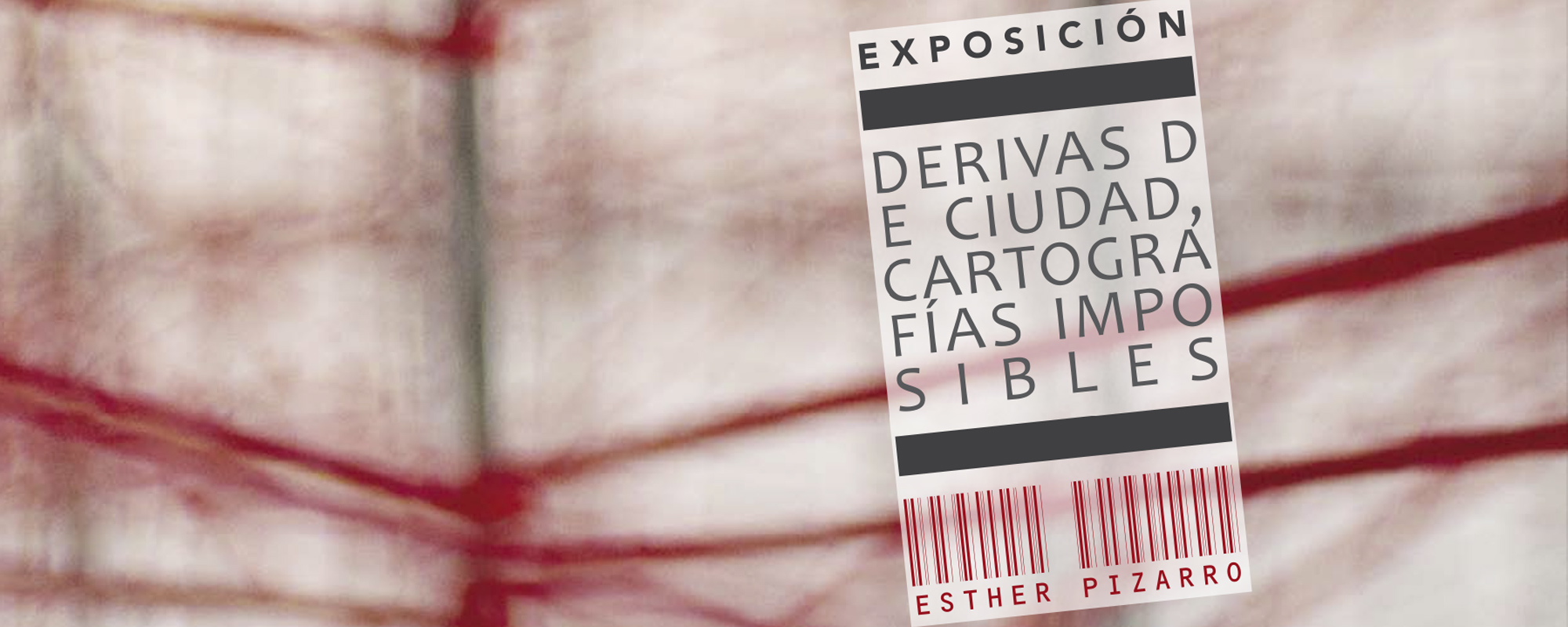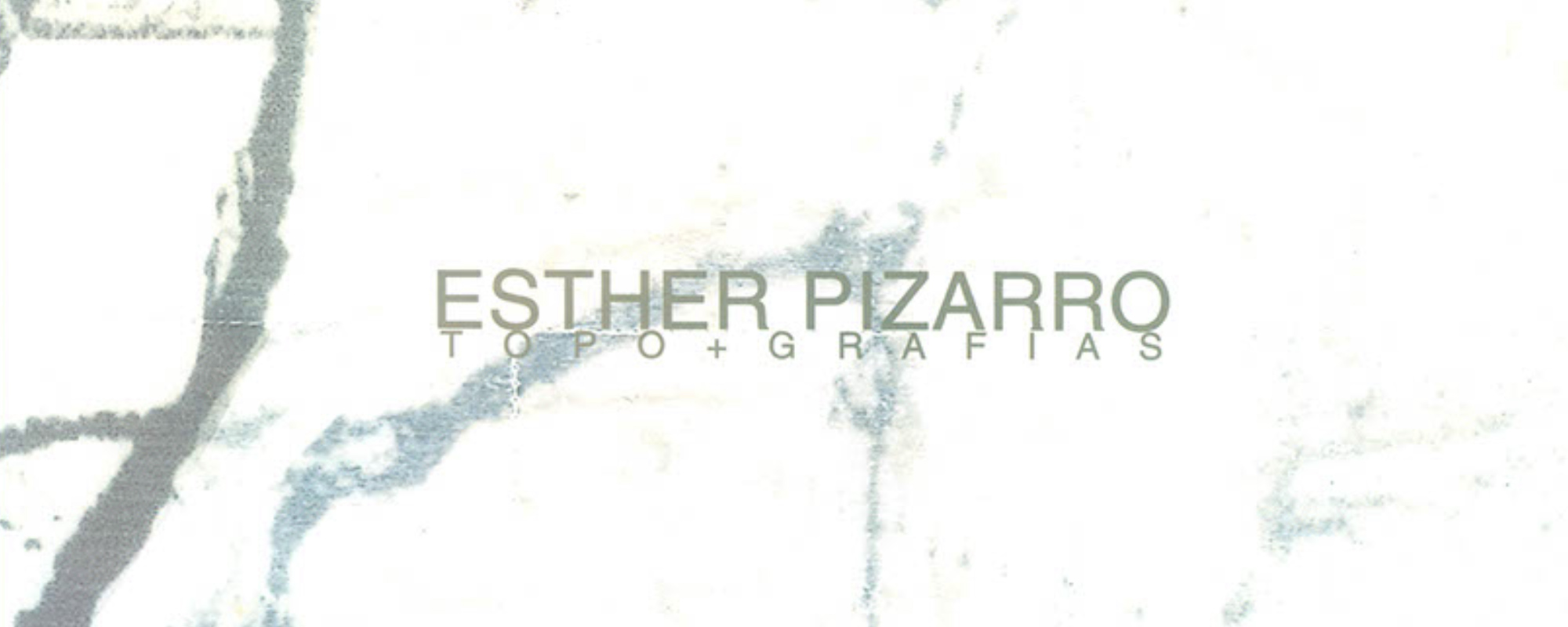DE LA VILLA, Rocío (2013) :: Exhibition catalogue text: Derivas de Ciudad, cartografías imposibles

DE LA VILLA, Rocío (2013). ). “Weaving the Citizenry Fabric”. Exhibition catalogue text: Derivas de Ciudad, cartografías imposibles, Centro de Arte Tomás y Valiente (CEART), Fuenlabrada, Madrid
Thinking of cities implies such complex challenges that it rolls out imagery in extraordinary ways. The writer Italo Calvino coined the brilliant title The Invisible Cities to embrace some fifty or so interpretations: There is Tecla, a city that is a project; and Olinda, which hides other cities in concentric circles within itself. Ottavia is the epitome of existential anguish, hanging in a net over the cliff edge; and Bernice where justice and injustice alternate in its innards. But even if we refer to cities that actually exist, the veil of invisibility hovers over them.
We evoke historical cities through chronicles and clumsy maps. And although we have been imagining utopian cities since the beginning of time, city planning projects belong to the historical roll-out of Modernity, forming part of their identity. An example of this contrast can be seen between La ciudad de las damas (The City of the Ladies) imagined in 1405 by the writer Christine de Pizan, whose foundations, high walls and moats, palaces and mansion houses “where the ladies of acclaim and merit to whom they are assigned can live for ever” would be built with all the anonymous women who collectively took part in some meritorious event and with women who have entered the history books under their own name. And then, with the opening of the great boulevards and avenues planned by Haussmann and Deschamps, in the mid 19th century in Paris. Strolling and wandering through the streets amid the flow of the city open to impressions and inventions was the flâneur’s occupation, the figure whereby Baudelaire characterised the modern individual. And perhaps that is also why, like modern, fragmented identities, however much we walk around the city as tourists, users, residents or inhabitants, we just cannot visualise the city as a finished form. Neither plans nor statistics complete our image of the city, with which we are involved in a cognitive and also loving relationship.
As Ángeles Durán explains in La ciudad compartida (The Shared City), the cognitive relationship is at the same time one of analysis and synthesis: “The analytical dimension implies differentiation, acknowledgement and memorisation of its components. As it becomes known, the city is differentiated into districts, streets, ambiences, profiles and instrumental resources. The synthetic dimension involves fusion, integration and harmonisation of the parts into a single whole. The city’s image, which to a certain extent is its identity, is dynamic, interactive, changing (…) is inevitably multiple, a reflection of the multiple experiences individuals have there.” For those who have lived longest there, the city accumulates layers of memories like a palimpsest. The new shop fronts do not fully block out the old outlets and the steps and footprints of its inhabitants became ingrained there between its worn down pavements and roadways. Moreover, as André Breton used to say of Paris, cities also have gender, places we hate and others we prefer because they foster meetings.
Today we talk of cities and suburbs; of heteropolis as Charles Jenks termed Los Angeles, and about mega-cities, conurbations with over 10 million inhabitants, of which there are several dozen. We also talk of telepolis and of ghost cities, like Kangbashi, Chenggong and Jiantsu in China, where ten cities are being created every year in anticipation of them being home to a total of some one billion inhabitants towards the year 2030. The strange perplexity aroused when viewing them on Google Earth is similar to the sinister feeling in Adelma de Calvino, in whose inhabitants the traveller recognises the faces of his dead family and friends. The vertigo this repertoire causes us, to which we have to add the hundreds of settlements with thousands of refugees and outcasts, hastens us to continue to rethink the city, to project sustainable utopian cities, to look after our real cities, and to do so we need to imagine and visualise them.
From the beginning, Esther Pizarro has been embodying visual models on the city. A study residency took her to confront Los Angeles, the jigsaw city made up of cities and their limits, border areas with a blurred identity which we go through when we cross their 60-kilometre diameter; or if you prefer, an urban area with a 500-kilometre perimeter and one of the most complex demographic compositions in the world. Fifteen years after broaching other European cities like Paris or Rome, of installations and interventions in urban settings, archaeological sites and metropolitan transport stations, parks, institutional buildings and universal exhibition pavilions; in short, of deploying her sculpture amid architecture and town planning, she has, she says, still not finished with the city.
When she goes back over her career, she says that after her initial fascination for specific cities, she went on to broach more general issues, such as territory in Los Angeles, the urban scale in Rome, district and house in Paris, reducing the series step by step until she reached the Refuge/Carpet bag of the individual passer-by in Derivas psicogeográficas (Psycho-geographical drifting) which led her to explore the peripheries and, later on, industrial and endothropic landscapes which came to be invaded, as settlements, by new household fixtures.
She has undertaken a mapping of urban cartographies of historical and fragmentary experiences, aware that “it is impossible to trace out the whole map”. From the rhizome structure to the prosthesis module, she has been involved in a dialectic between inside and out in order to view the deep changes between the city and the individual since the end of the last and the beginning of the new century. How can we not understand this work process tied to the farewell of the old cities, to the gentrification and the nomad figure, of the exponential growth of residential districts amid ring road junctions, the provisional nature of homes and the irruption of evictions which today are ousting out thousands of people, creating vacuums in the cartographies?
Lead and wax, silicone and felt, zips, sewing and metal threads are the materials she uses in her sculpture to describe the paradoxes in modern cities. How her fatuous aim of rationality, ideally reticular, but which Pizarro evidences by turning it upside down, sneaking into the attics of the Parisian Arrondissements. Alternatively, the impossible organic vertebration of L.A., the city of cities, the one where “ethnic groups, the economic powers that be and different life styles live together without merging, without any one being sufficiently dominant to impose their order”, according to Jenks, is synthesised in a grid-design Quilt, as if it were made up of remnants with memories and experiences. Reversibility which is also expressed in the Refuge/Carpet bag which is the city’s tattooed skin and the exhibitionist bulk of the vulnerable precariousness of those who no longer acknowledge themselves as citizens. Embroidered peripheries that speak of an industrial past abandoned amid fanciful road junctions. Outskirts and slums that emerge as outgrowths in our domestic fixtures, light and interchangeable. Formalising a strategy similar to that of Martha Rosler, when with her photograph collages she wanted to “bring the war home”, perhaps to the very ones for whom a quarter of a century later and with over three million homeless living on the streets in the United States, she would devise the group project entitled Si vivieras aquí (If you lived here).
Artists and theorists have been addressing the issue of the city since the 1960’s. Jane Jacobs in her work Life and Death of the Great American Cities (1961) was the first to criticise the urban renewal processes undertaken in the 1950’s in the United States, whose planner had been guided by ideal schematic models that had led to the destruction of the public space; in addition to sending women back home after World War II, imprisoned in their comfortable suburban houses, as Betty Friedan denounced a short time after in her work The Feminine Mystique (1963), the book which awoke the generation of the second wave of feminism, which would proclaim that “the personal is political”. Furthermore, Jacobs related city planning, public safety and violence, a perspective that the artists Suzanne Lacy and Leslie Labowitz would put into practice with their maps stamped with “RAPE” all over them during Three Weeks in May in 1977. A little later, the architect and city planning researcher Dolores Hayden would found The Power of Place group, which would propose public actions addressed at defending communities under new perspectives of gender, race and ethnicity. Likewise, Françoise Choay has denounced the globalising and telematic trends of a society which radically transforms territorial morphogenesis and organisation, creating unstructured agglomerations, with no cohesion between the local populations and their immediate environment and which converts the legacy of their building heritage into a nostalgic museum-piece fetish, a piece of tourist merchandise. To mention just some of the pioneers that have modified our way of understanding city planning and cities, on a scale of experiences where the parameters are defined by respect and care for the differences, their memories and their legitimate expectations on a community living plane.
Like them, Esther Pizarro has never trusted official city planning reports and has preferred to decipher cities’ cartographies based on her everyday experience. With functional, flexible, textile materials she has imagined offshoots and folds between lives crossed in casual encounters which form the fabric of inhabitable cities. With Patronando Madrid (Patterning Madrid), for the first time, and precisely in her city, she has taken on a group project which, through a survey, records the uses of time and space of 100 of its residents. From the suspended city and the planning of their favourite routes, a tangle of itineraries is produced, red lines of the routes they took during one week, showing cartographies that reveal identities, non-transferrable labels of a deep-reaching archive with everyday and extraordinary tales. One hundred from among thousands of citizens that converge every week on the hotspots where the loss and reconquest of rights is settled. It is the time of the citizenry.


